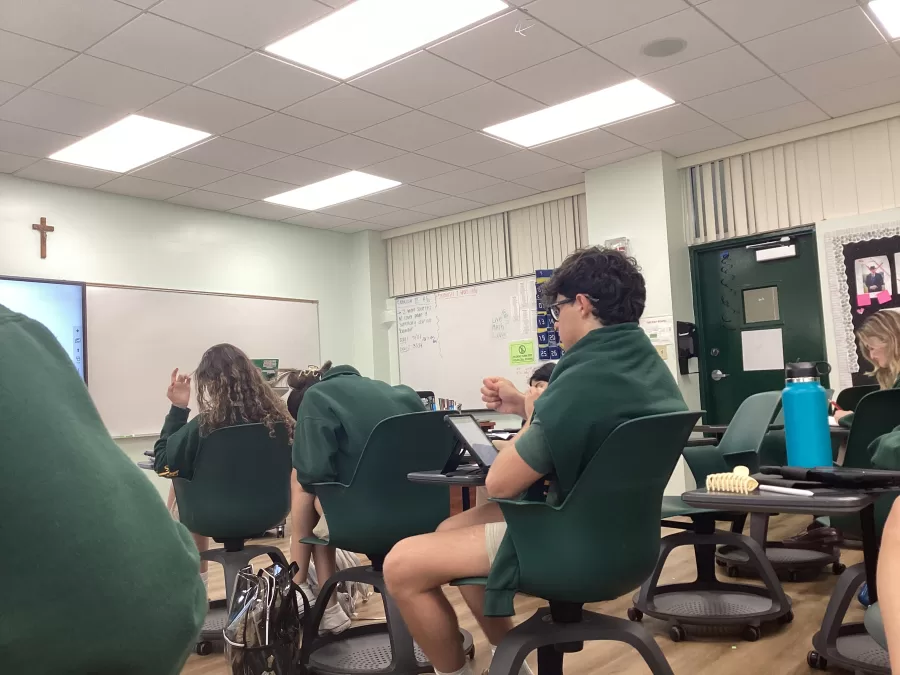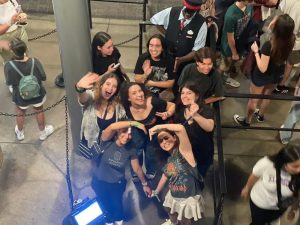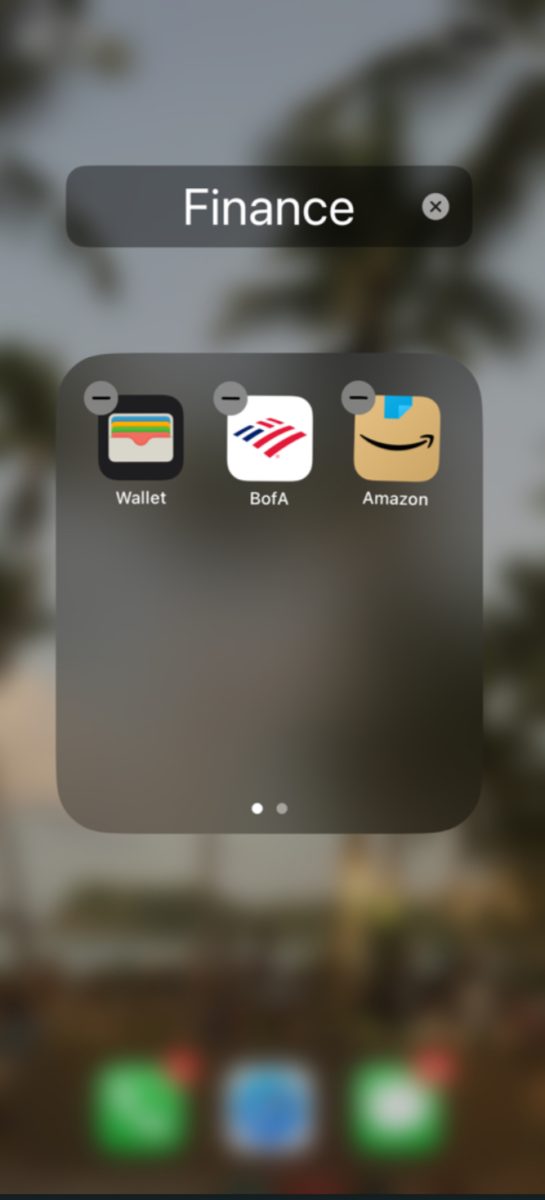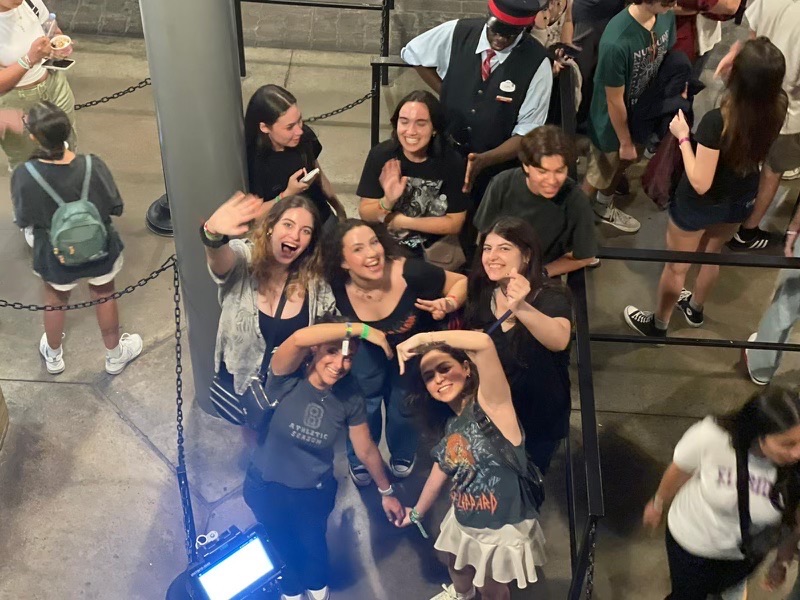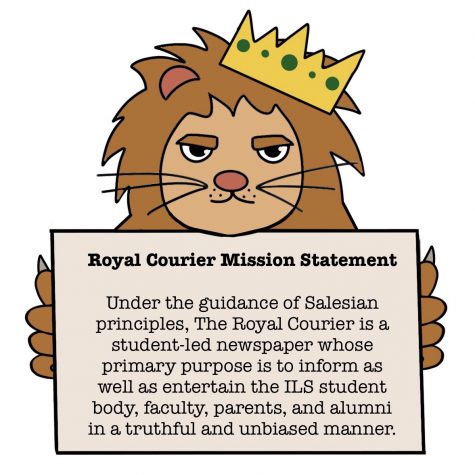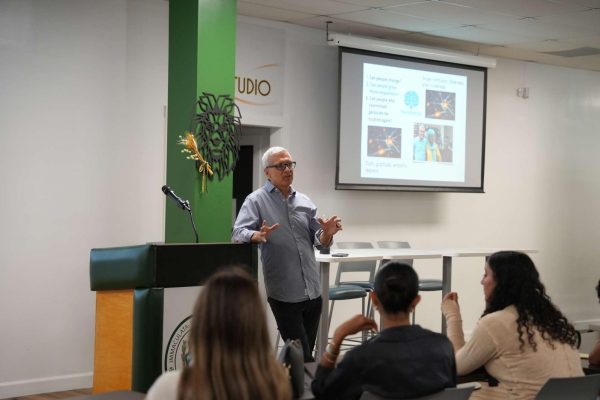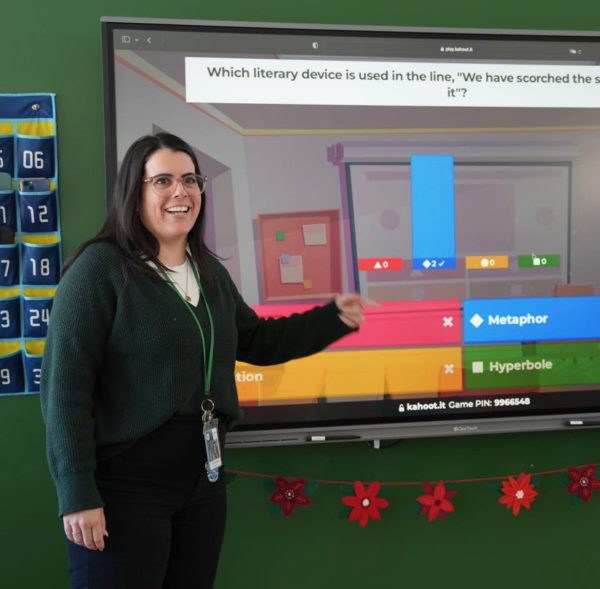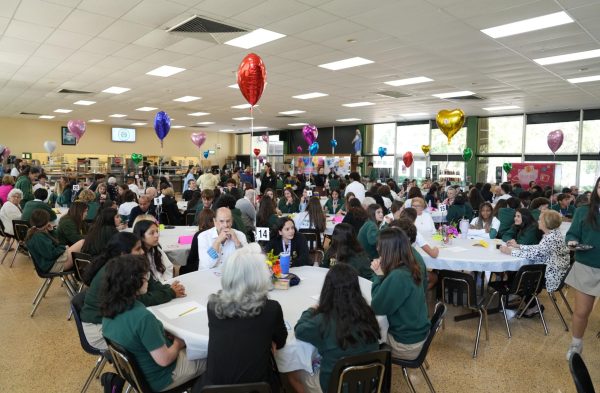F Block: Yes or No?
Originally meant to accommodate Mass, assemblies, special events, and most importantly, a study period, F block is not as effective in terms of time management for many students.
March 9, 2023
F block has caused controversies among a lot of students in the ILS community. First and foremost, many students find it more convenient to just leave during F block if they have no work to make up. To really analyze the necessity of incorporating F block into students’ schedules, teachers can observe the grades that students had before F block was a thing, in comparison to the grades of students that now have “extra time” to study and do work during F block. There’s always alternatives to adapting to F block and making the best out of it. Here are some pros and cons regarding this matter.
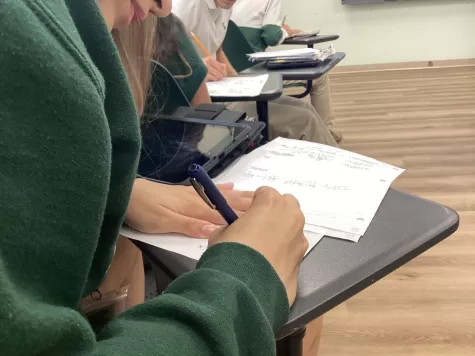
Pros:
- Students who need extra help with any class work or test are given the resources to seek the attention they need. Whether it’s about a math problem, English project, or even a history assignment, students can resort to visiting their teachers and finding solutions.
- Minimize stigma against struggling students. Involving an Advisory Block into your schedule allows a flexible time each day where students all go somewhere different, which helps eliminate the stigma that can come with needing additional support.
- Students can easily learn about new topics and boost their knowledge. Students can talk to teachers they have never met before but are interested in getting to know more about their classes. It could be science, STEM, AP or even language related, but students can figure out what classes they would be interested in taking in the future.
Cons:
- Students can start to rely on Advisory block to complete their assignments. While in class, some students might not want to complete something they have been assigne,d and they just leave it for their “free” period. However, most of the time, students want to socialize with their friends and do group work.
- Some students will resort to wasting the “learning” time they are given. There will be days where some students might be loaded with work, and other days they don’t have anything to do. While it is possible that some students may be productive during this time, it is also very common for large numbers of students to prefer to talk to their friends.
- Advisory block can be an obstacle and it can prevent students from having diverse classes. Instead of having a period where students don’t do much, schools can open more options of classes that students might be interested in joining.
Although some students find it pointless for schools to incorporate “Free Periods” in their schedules, it is important to observe the pros and cons. There could also be some alternatives. On day 2 Modified, students can leave early and whoever needs to do extra work or makeup a quiz, can stay. This can also make traffic after school easier because a lot of the drivers will clear up the school.


